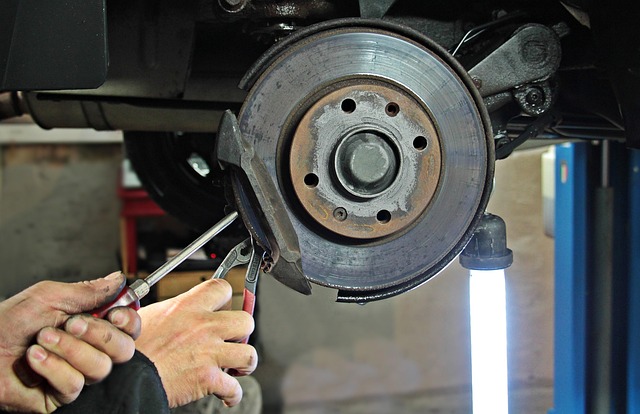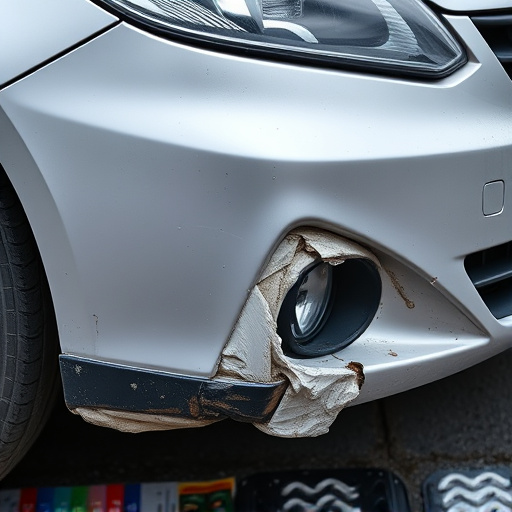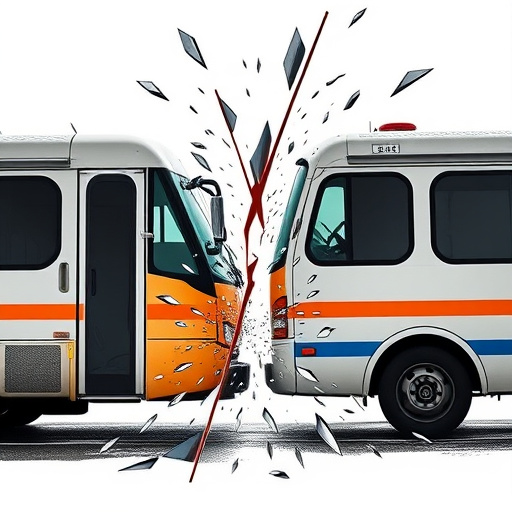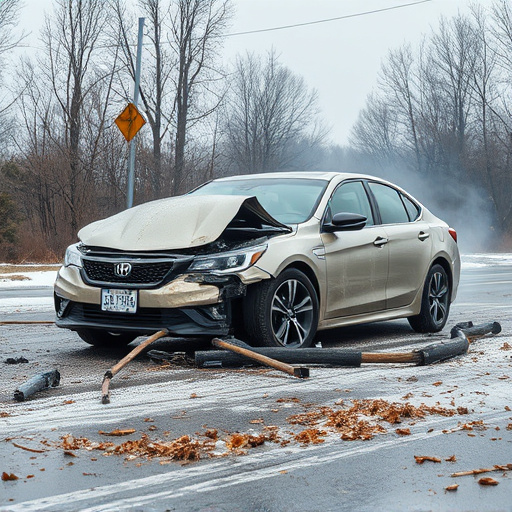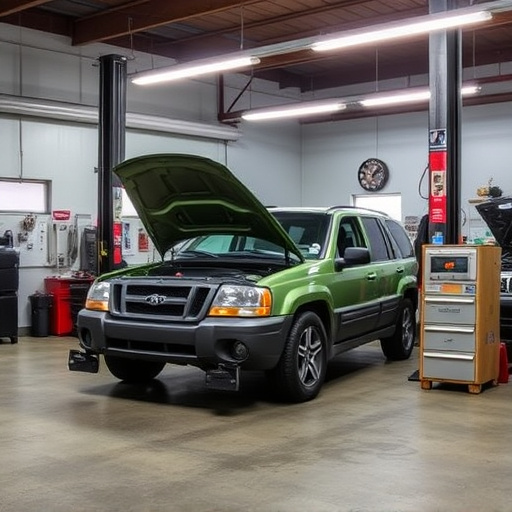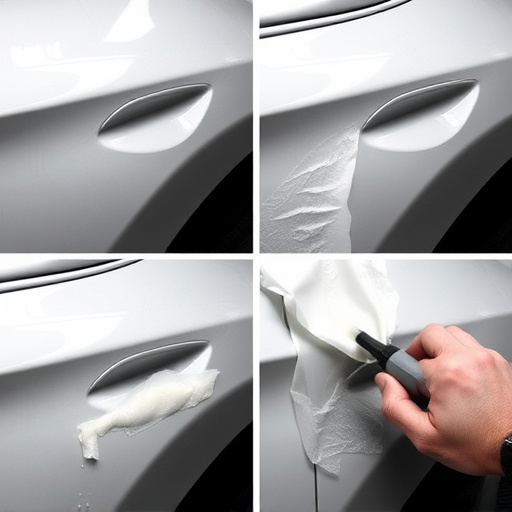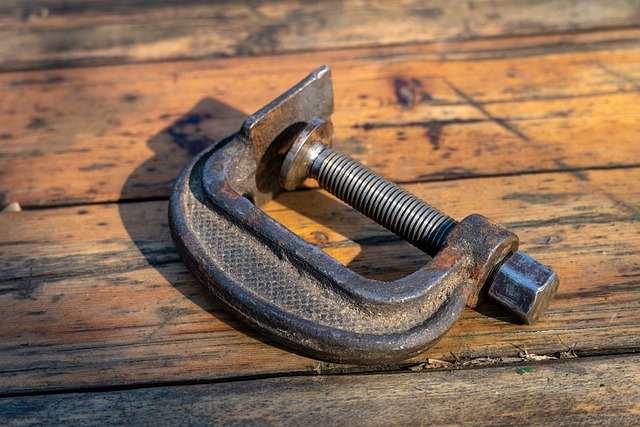Insurance-approved repairs prioritize vehicle restoration to pre-accident condition through rigorous protocols, meticulous documentation, and transparent communication. This ensures quality, preserves value, speeds claims processing, and builds trust between insurers, repair shops, and policyholders. Comprehensive records log parts, labor, techniques, and adherence to industry standards for consistent excellence in collision repair.
Documentation plays a pivotal role in ensuring seamless and transparent insurance-approved repairs. This comprehensive guide explores the intricate web of standards, processes, and best practices that underpin successful claims management. From understanding evolving insurance-approved repair standards to meticulously documenting each step for accurate claims, we uncover why detailed records keeping is essential for maintaining quality and mitigating disputes.
- Understanding Insurance-Approved Repair Standards
- Documenting Every Step for Accurate Claims
- Ensuring Quality Through Detailed Records Keeping
Understanding Insurance-Approved Repair Standards

Insurance-approved repair standards are vital for ensuring that vehicles are restored to their pre-accident condition while adhering to industry best practices and safety regulations. These standards encompass a comprehensive set of guidelines, covering everything from material selection to structural integrity, aiming to match the original vehicle specifications precisely. When it comes to car body restoration or collision damage repair, especially for luxury vehicle repair, these protocols are crucial in maintaining the vehicle’s value and performance.
The process involves meticulous documentation at every stage, recording the extent of damage, repair techniques employed, and the materials used. This detailed record-keeping is essential for justifying repairs to insurance providers, ensuring fair compensation, and providing a transparent account of the restoration work carried out. By adhering to these standards, repair shops can guarantee high-quality results, customer satisfaction, and peace of mind, knowing that their vehicle’s safety and value are preserved.
Documenting Every Step for Accurate Claims

In the realm of insurance-approved repairs, meticulous documentation is paramount to ensure accurate claims processing. Every step of the repair process must be diligently recorded, from the initial assessment to the final touches. This includes detailed notes on the damage, parts used, and labor incurred. High-quality photos capturing various angles of the car scratch repair or car bodywork restoration are also invaluable. Such visual evidence not only aids in demonstrating the extent of the work performed but also serves as a permanent record for future reference.
Accurate documentation is crucial for aligning with auto maintenance standards and facilitating seamless communication between insurers, repair shops, and policyholders. By meticulously recording every stage of an insurance-approved repair, including car scratch repairs or comprehensive bodywork restorations, stakeholders can avoid misunderstandings and ensure fair compensation. This comprehensive approach bolsters trust, facilitates faster claim settlements, and ultimately enhances the overall customer experience in the event of vehicle damage.
Ensuring Quality Through Detailed Records Keeping

In the realm of insurance-approved repairs, meticulous documentation stands as a cornerstone of quality assurance. Detailed records keeping plays an indispensable role in upholding the integrity and precision of collision repair processes, be it for automotive dent removal or more intricate automobile collision repair. Every step of the restoration journey must be meticulously documented to ensure that no detail is overlooked.
This includes comprehensive logging of parts replacements, work hours, techniques employed, and adherence to industry standards. Such thorough documentation not only facilitates smooth claims processing but also serves as a powerful reference for future comparisons, allowing professionals to gauge the consistency and excellence of their repairs over time. In essence, detailed records keeping is instrumental in maintaining high-quality standards across insurance-approved repair services, be it for collision repair or dent removal.
Proper documentation is the linchpin of successful insurance-approved repairs, ensuring transparency and accountability throughout the process. By adhering to strict standards, meticulously documenting each step, and maintaining detailed records, repair professionals can facilitate accurate claims, enhance customer satisfaction, and uphold the highest quality workmanship. This comprehensive approach not only navigates the complex landscape of insurance requirements but also serves as a testament to the integrity and professionalism of the repair industry.
